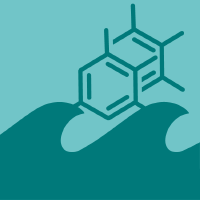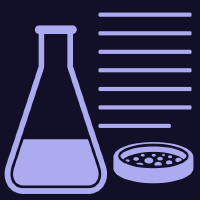Topic Menu
► Topic MenuTopic Editors



Marine Natural Compounds – from Chemistry to Application
Topic Information
Dear Colleagues,
The oceans are a place of incredible biodiversity, and marine life represents almost 80% of the world's biota. Thus, not surprisingly, marine organisms such as tunicates, mollusks, sponges, sea slugs, bryozoans, bacteria, cyanobacteria, algae, specific fish species, and crustaceans are an inexhaustible source of chemical entities with proven bioactivities, including antimicrobial, antifibrotic, analgesic, anti-inflammatory, antitumor, cancer preventive, neuroprotective, and others. In fact, marine organisms represent the most recent source of bioactive natural products concerning terrestrial plants, with over 99% considered new compounds, with no analogues found among terrestrial organisms. Thus, even far from traditional medicine applications, widely applied to terrestrial plants, marine organisms have asserted themselves in several domains, such as medicinal, pharmaceutical, nutraceutical, and agriculture, with considerable bioeconomic benefits for different industries. Notably, there are presently several approved drugs and more than 20 other compounds in different clinical phases, mainly of marine invertebrate and microorganism origin. Many molecules with biomedical functions from marine sources are also used as pharmaceuticals, while marine products represent a large portion of the global nutraceutical market. This transdisciplinary Topic aims to bring together original research and review articles covering distinct aspects related to marine natural products, including but not limited to their extraction and purification; structural characterization of new compounds; biological activities and mechanisms of actions of extracts, purified fractions, isolated compounds, and/or of novel value-added products; structure-bioactive relations; interaction with other substances in the formulated matrices; and safety and stability of new value-added products.
Dr. Susana M. Cardoso
Dr. Diana Cláudia Pinto
Dr. Maria Manuel Gil
Topic Editors
Keywords
- primary and secondary metabolites
- bioactive properties
- blue bioeconomy
- technological applications
- isolation of bioactive compounds
- value-added products
Participating Journals
| Journal Name | Impact Factor | CiteScore | Launched Year | First Decision (median) | APC |
|---|---|---|---|---|---|

Chemistry
|
2.1 | 2.5 | 2019 | 19.1 Days | CHF 1800 |

International Journal of Molecular Sciences
|
5.6 | 7.8 | 2000 | 16.3 Days | CHF 2900 |

Marine Drugs
|
5.4 | 9.6 | 2003 | 14 Days | CHF 2900 |

Methods and Protocols
|
2.4 | 3.8 | 2018 | 27.9 Days | CHF 1800 |

Molecules
|
4.6 | 6.7 | 1996 | 14.6 Days | CHF 2700 |

Sustainability
|
3.9 | 5.8 | 2009 | 18.8 Days | CHF 2400 |

MDPI Topics is cooperating with Preprints.org and has built a direct connection between MDPI journals and Preprints.org. Authors are encouraged to enjoy the benefits by posting a preprint at Preprints.org prior to publication:
- Immediately share your ideas ahead of publication and establish your research priority;
- Protect your idea from being stolen with this time-stamped preprint article;
- Enhance the exposure and impact of your research;
- Receive feedback from your peers in advance;
- Have it indexed in Web of Science (Preprint Citation Index), Google Scholar, Crossref, SHARE, PrePubMed, Scilit and Europe PMC.

